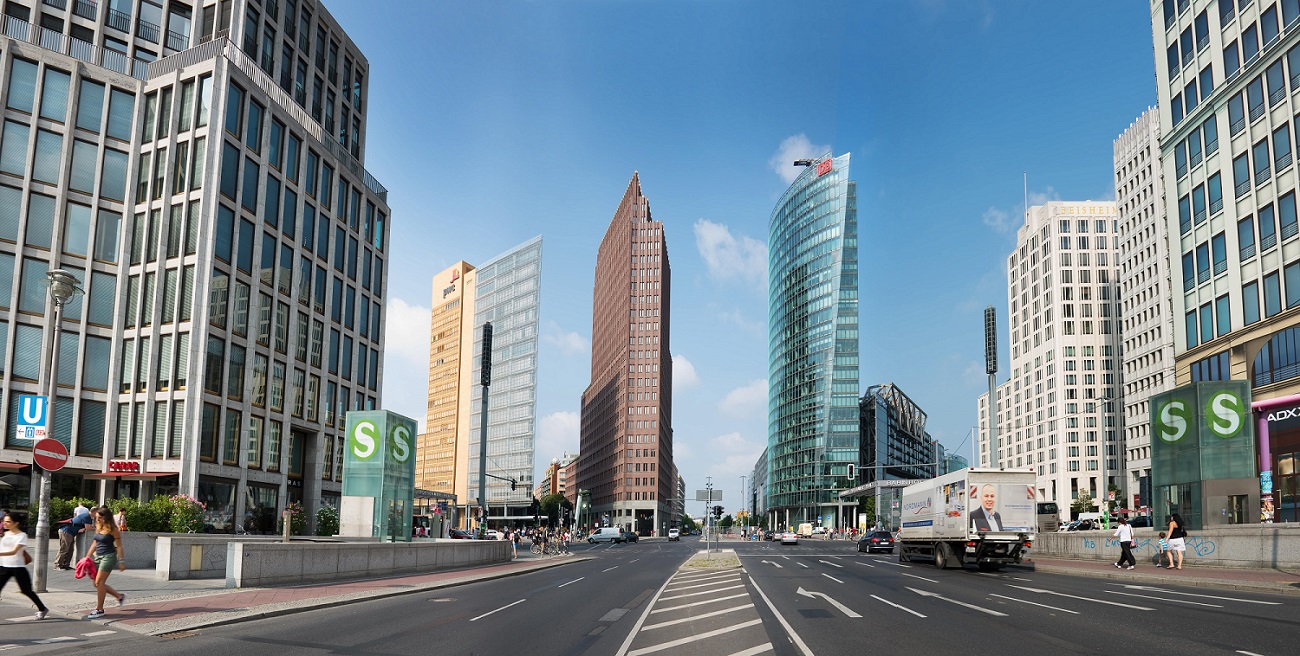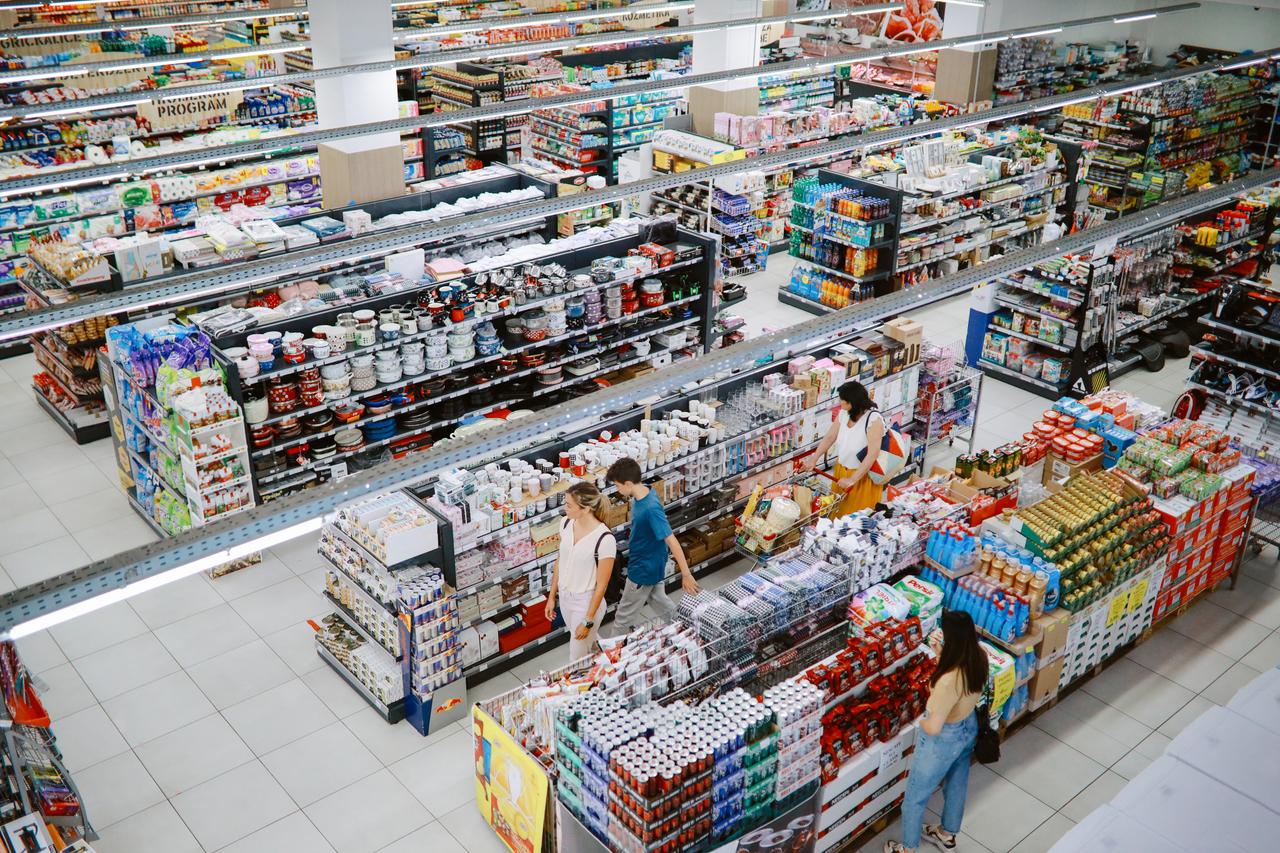German statistics office Destatis also notes that its economy contracted by 0.4% on a quarterly basis in the fourth quarter of 2022. We ignore the slightly more positive signals from the IFO index (indicating the level of confidence among entrepreneurs in the German economy) and the ZEW index (economic sentiment according to German banks)..
Business expectations would be slightly better. But it is worth putting this in relation to the low level of last year. German manufacturing companies are still reporting further weakness and falling orders. Moreover, uncertainty in energy-intensive sectors has increased further. According to our figures, German industrial production fell by 3.9% in December compared to December 2021. As an example, Johan Geeroms mentions the contraction in steel production which fell by 10.2% in January compared to January 2022.
The most vulnerable sectors in Germany are construction, wholesale trade and transport/storage, which are suffering strongly from the rise in energy and raw material prices. Struggling manufacturing companies are in the computer and electronic hardware, rubber and plastic products, furniture, food and feed sectors.
According to Johan Geeroms, this is not good news for Belgium. “We are trying in Belgium to avoid a possible recession, but Germany is putting a spoke in our wheels. We are heavily dependent on our eastern neighbour, our largest trading partner, which remains the world's 4th largest economy. A bad German economy has a direct impact on the economy here. Indeed, with 17% of our exports, Germany is not only our biggest export market, it is also our second import market (16%) for most of our products, just after the Netherlands (21%). »



